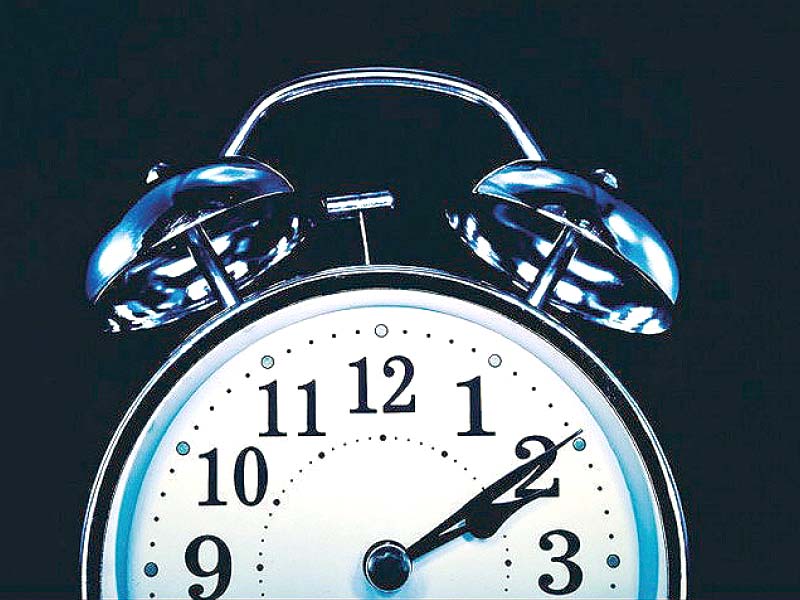
At midnight on June 30, the time will read 23:59:60 rather than resetting to 00:00:00 as the tidal forces between the Earth and the Moon slow down the planet’s rotation. Hence in order to resynchronise our land-based clocks with the Earth’s rotation, which is slowing down every year.
Since the beginning of this practice in 1972, this is the 26th time scientists have added a second to a particular day.
Although it may seem that the days are getting shorter and shorter, scientists have proved that the reverse is true- the days are actually getting longer and longer. Exactly 1.4 milliseconds are added to our days every century which is also about 100 or 200 times faster than the blink of an eye.
According to NASA’s measuring technique called Very Long Baseline Interferometry (VLBI), the average day time when the dinosaurs existed was just 23 hours. The exact 24 hour rotation, which is 86,400 seconds, occurred back in 1830 and since then our land-clocks have been added with 2.5 milliseconds each day.
"The solar day is gradually getting longer because Earth's rotation is slowing down ever so slightly," says Daniel MacMillan of NASA's Goddard Space Flight Center in Greenbelt, Md.
This article originally appeared in Discovery Magazine.



1732256278-0/ellen-(1)1732256278-0-165x106.webp)
1725877703-0/Tribune-Pic-(5)1725877703-0-165x106.webp)












COMMENTS (1)
Comments are moderated and generally will be posted if they are on-topic and not abusive.
For more information, please see our Comments FAQ